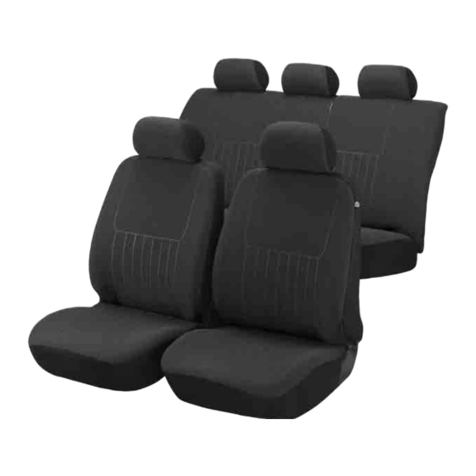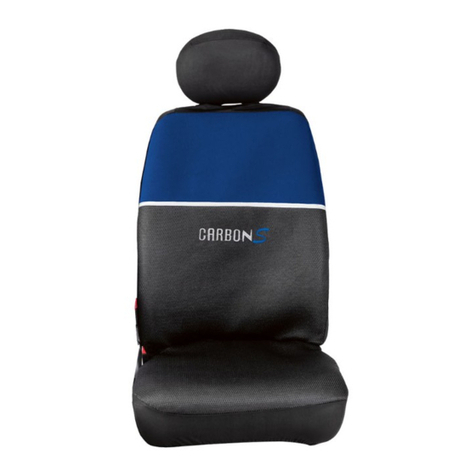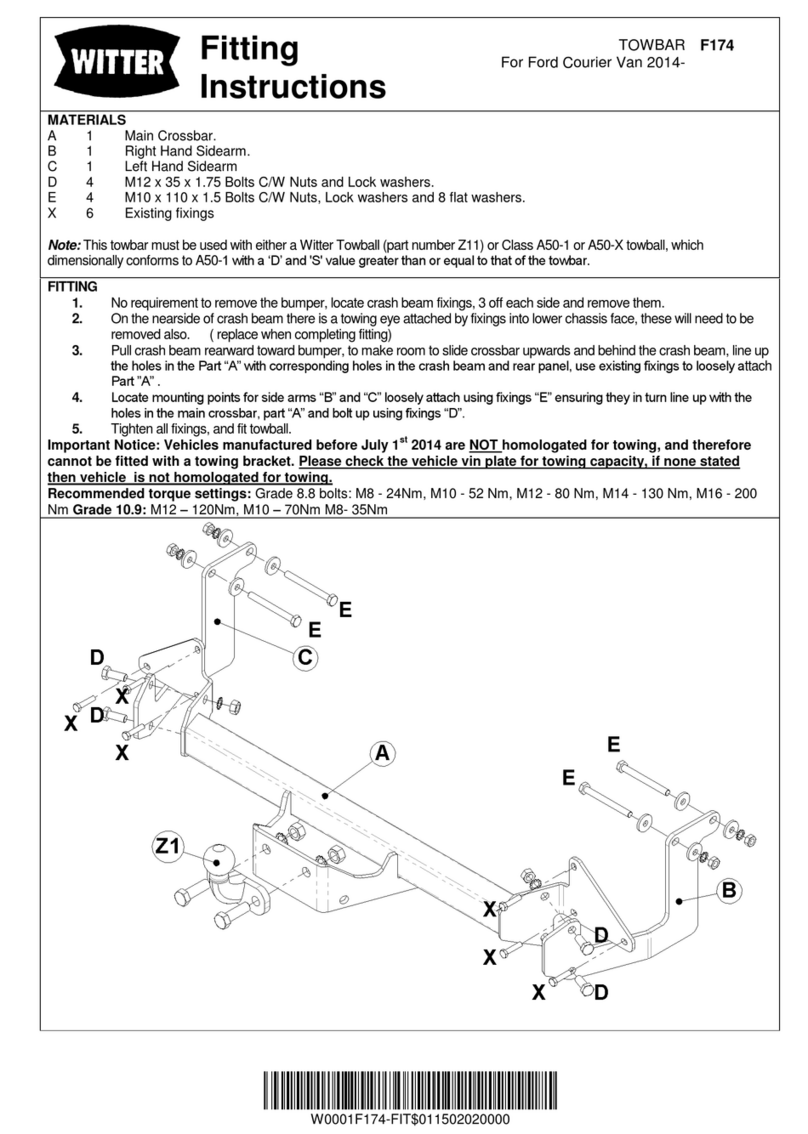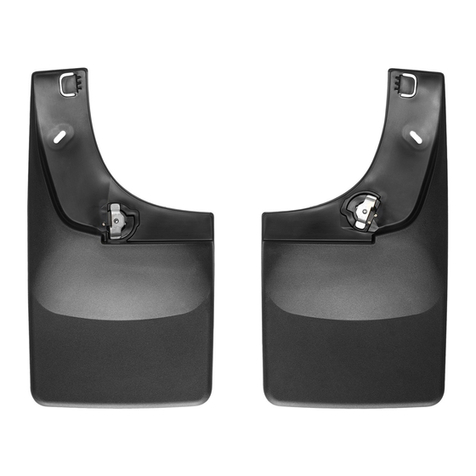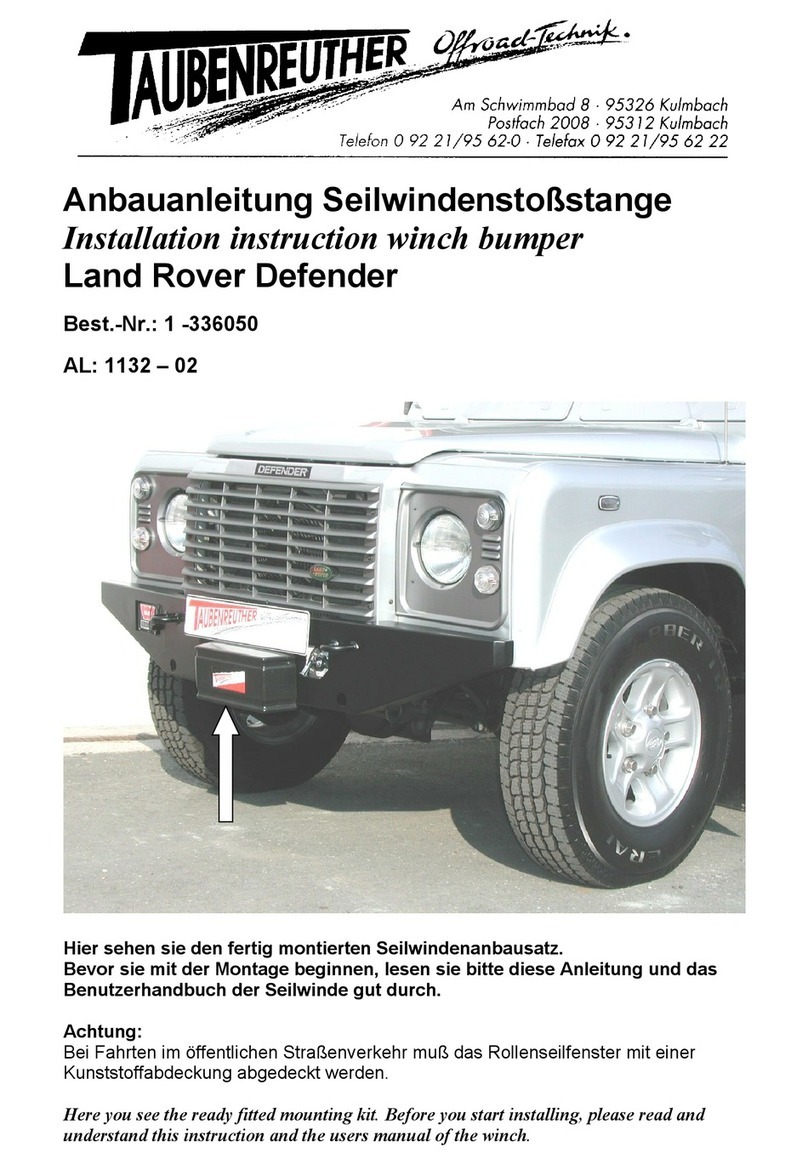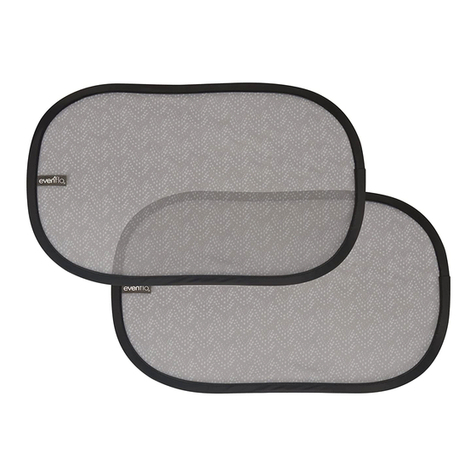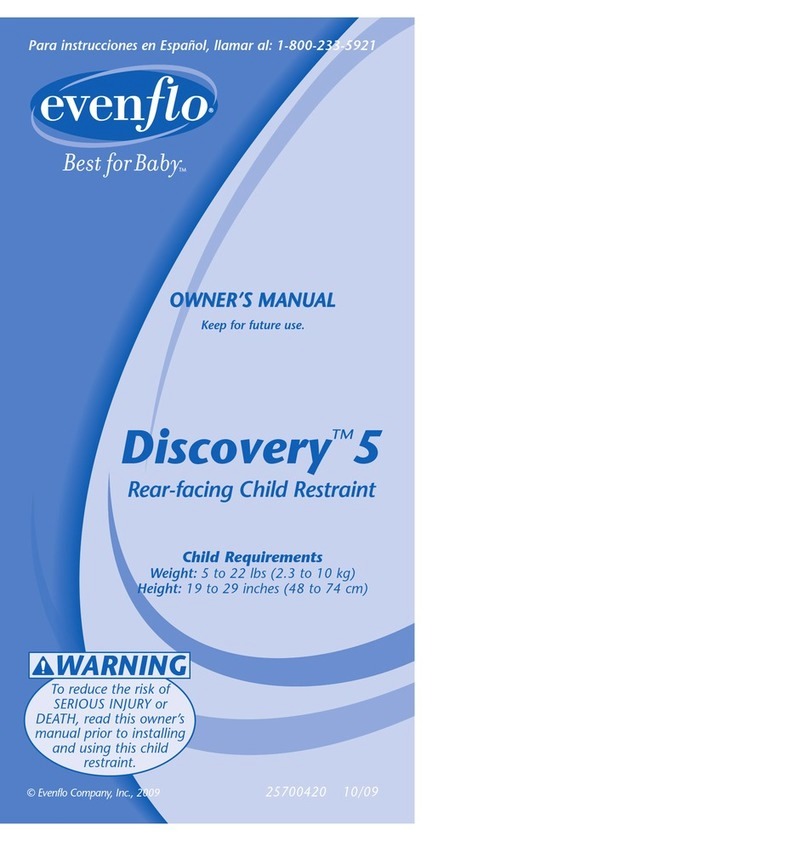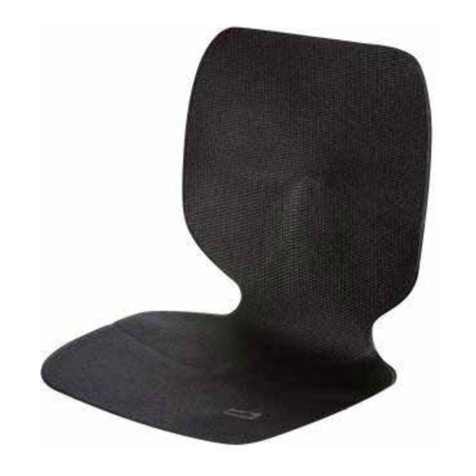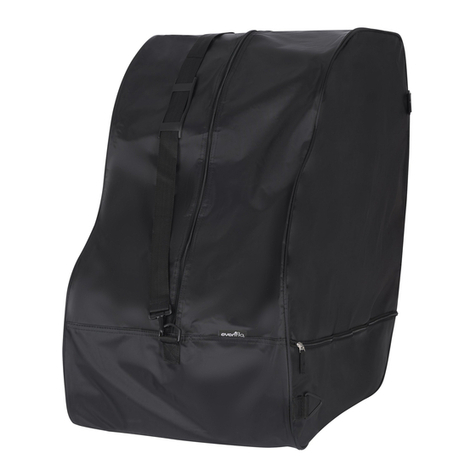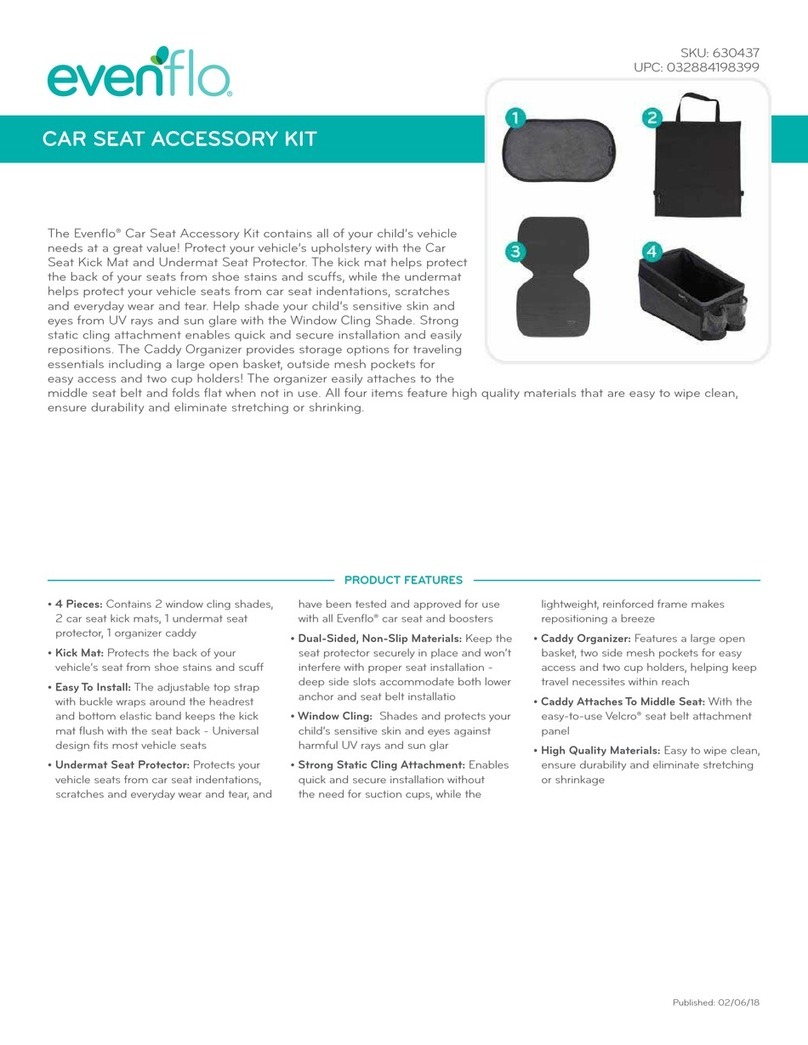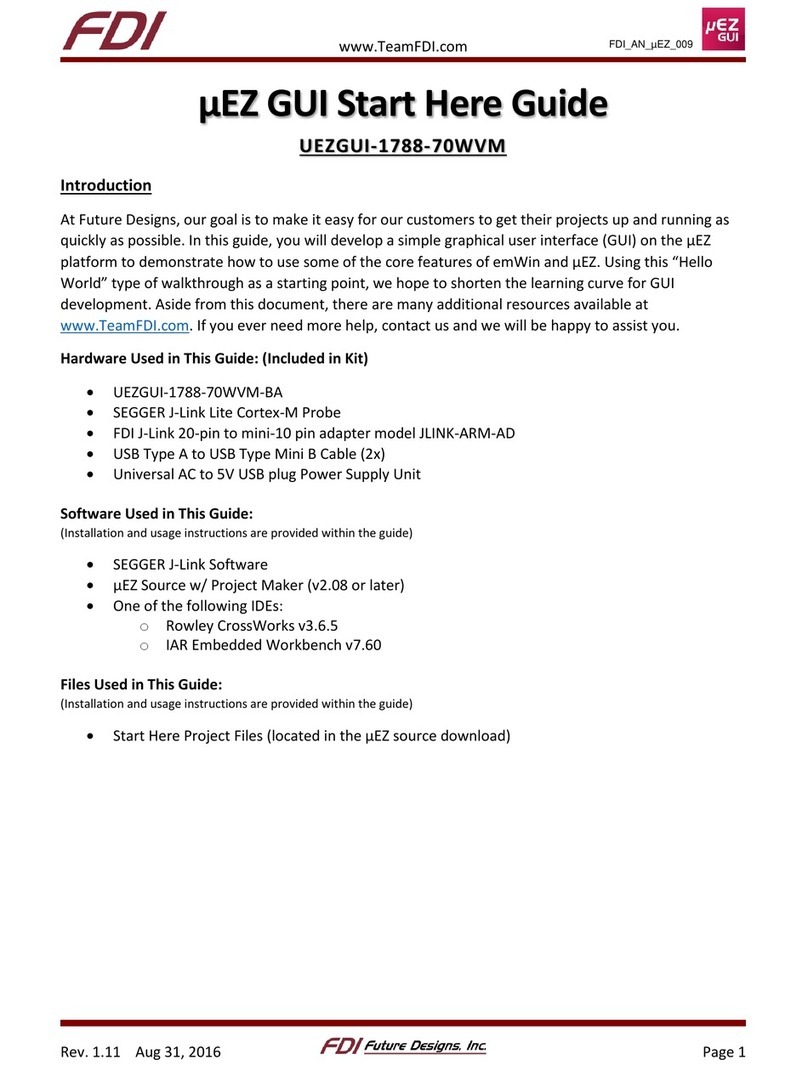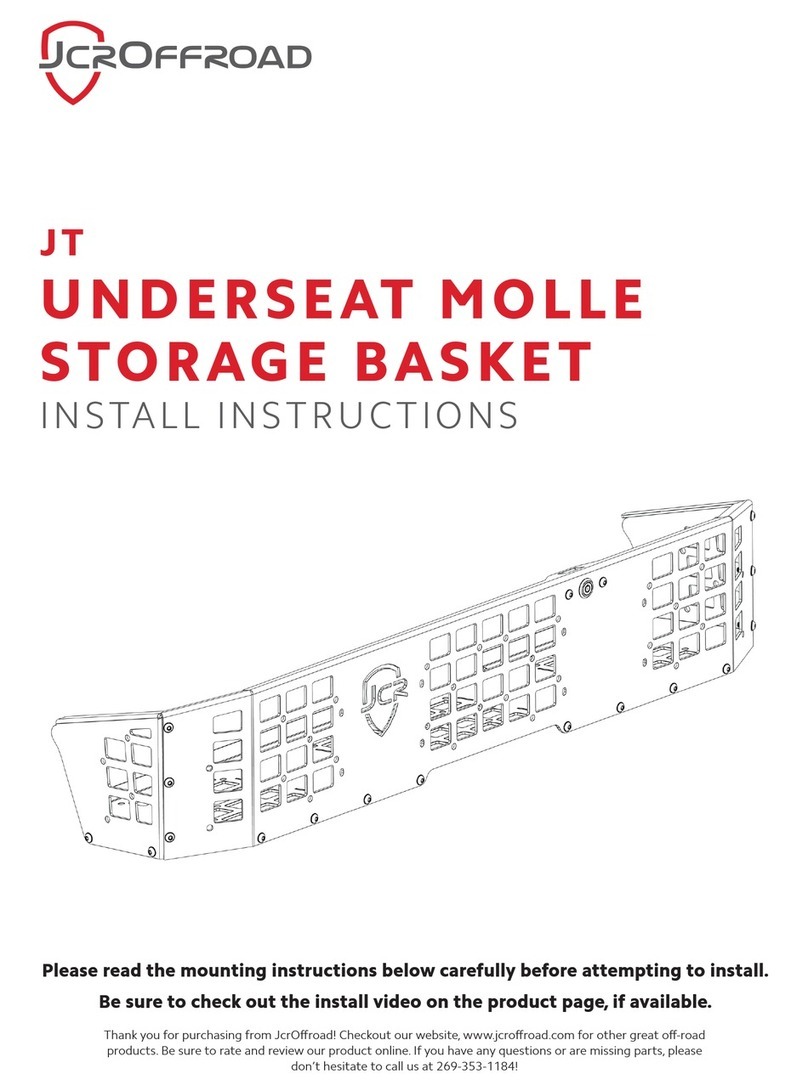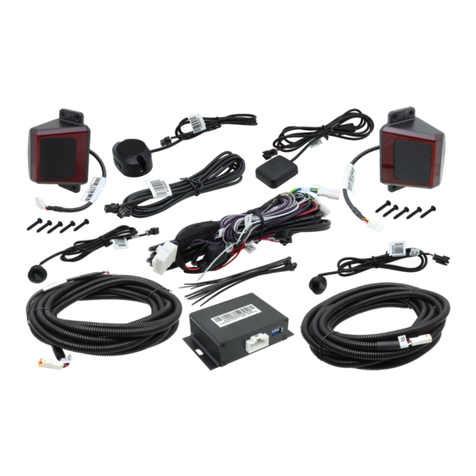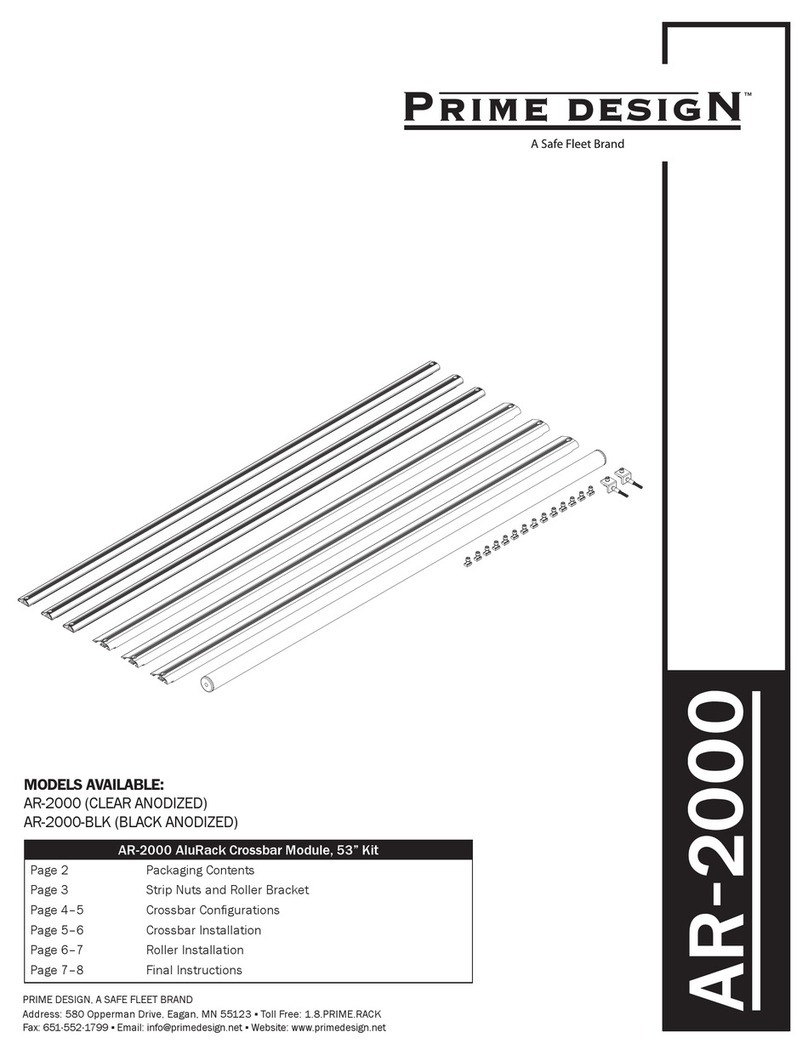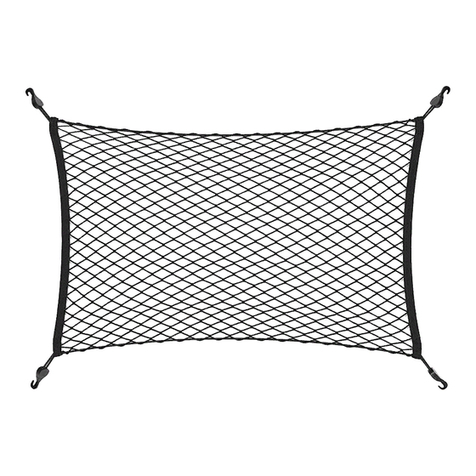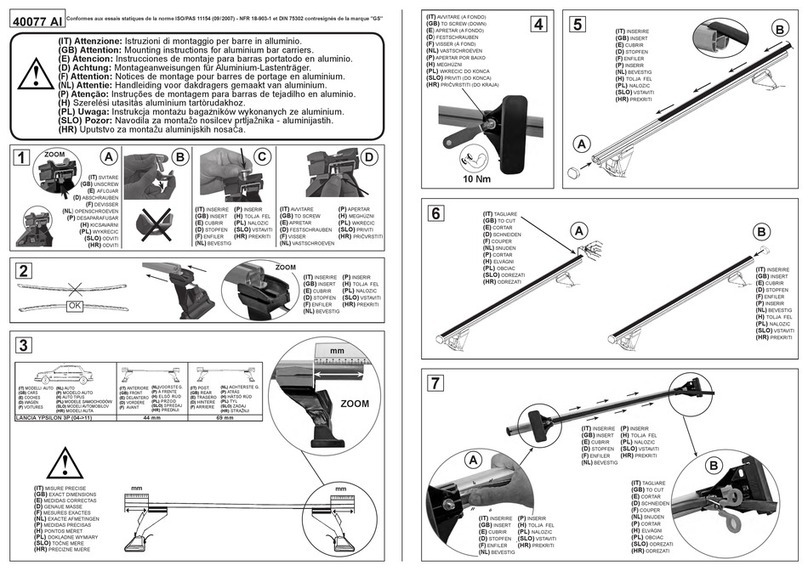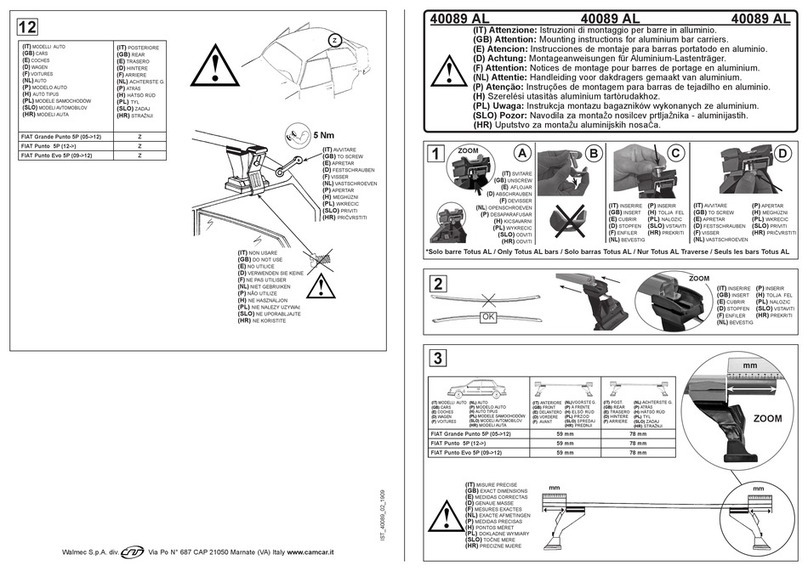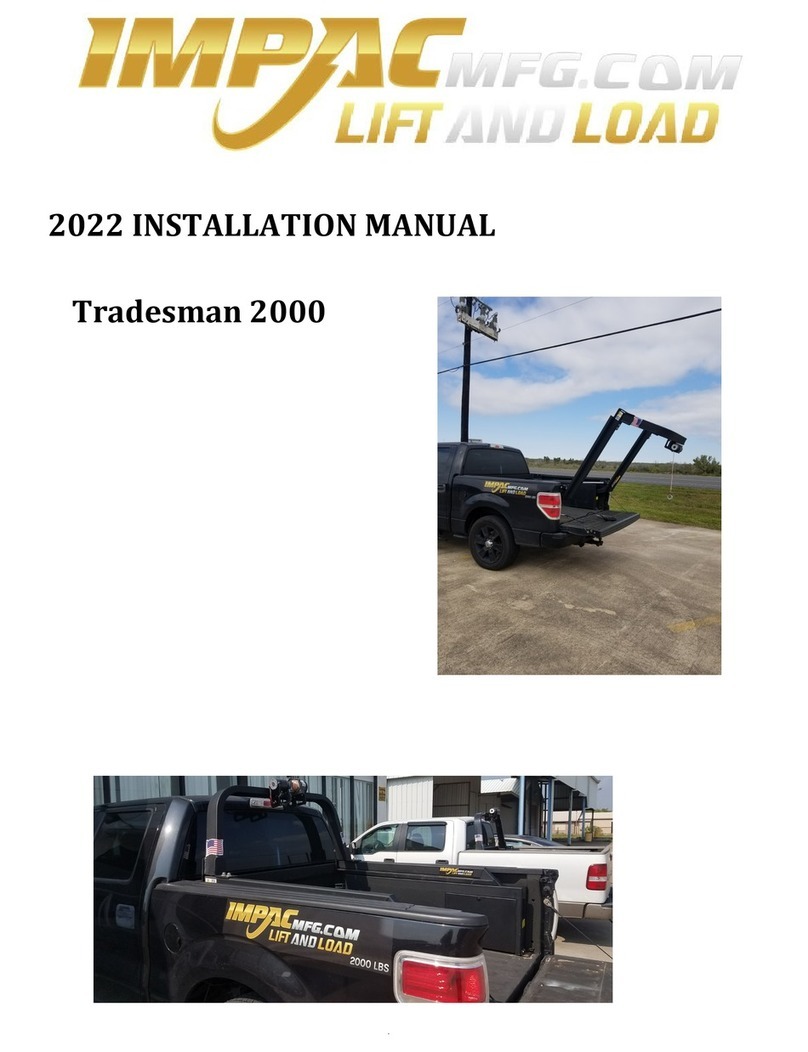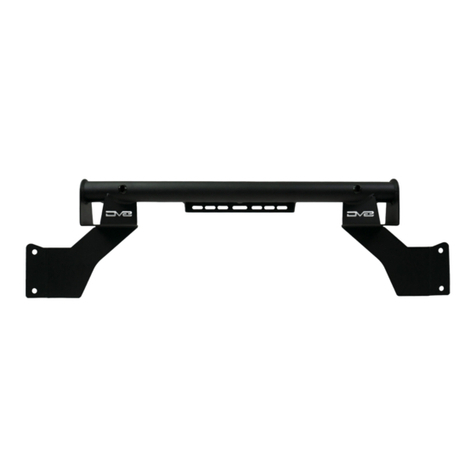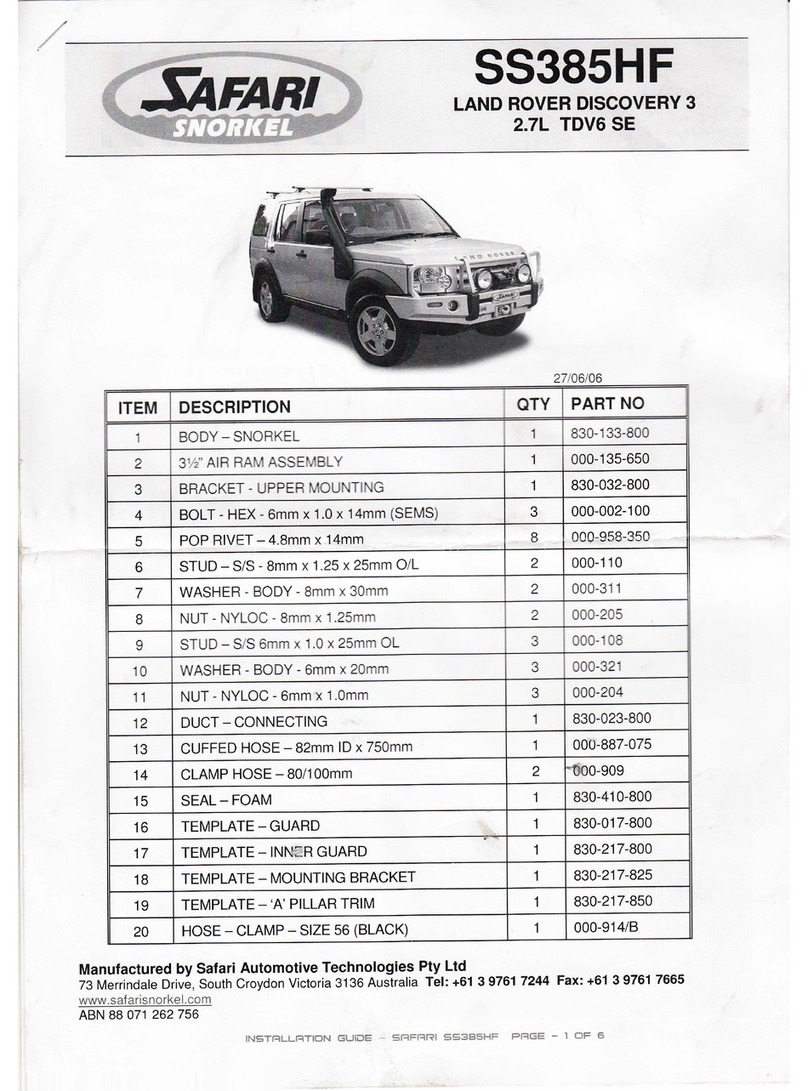
1
More children are killed every year as passengers in
car crashes than by any other type of injury.
To reduce the risk of SERIOUS INJURY or DEATH, read
this owner’s manual and your vehicle owner’s manual
before installing and using this child restraint. Using a
child restraint makes a big difference. By properly using
this child restraint and following these instructions (and
the instructions that accompany your vehicle), you will
greatly reduce the risk of serious injury or death to the
child from a crash. Do not be misled by the commonly
used term “safety seat”; no restraint system can prevent
all injuries in all crashes. Many properly restrained
adults and children are injured in motor vehicle crashes,
including relatively minor crashes. A properly used child
restraint is the best way to minimize injuries to the child
and to increase the chances for the child’s survival in
most crashes.
• No restraint can guarantee absolute protection from
injury in every crash.
• This child restraint is designed for use by children in
forward-facing and booster modes.
To use this child restraint properly, children MUST
meet weight/size specifications as follows:
For 5-pt Harness Use
• The child weighs 10 – 29.4 kg (22 – 65 lbs)
• The child is 71 – 127 cm (28 – 50 in.) AND
the tops of
their ears are at (or below) the child
restraint headrest.
• Child is one year old or older.
For Booster Use
• The child weighs 18 – 49.8 kg (40 – 110 lbs)
• The child is 110 – 145 cm (43.3 – 57 in.) tall
AND the tops of their ears are below the child
restraint headrest.
• Child is four years old or older.
Table of Contents
U.S. REGULATORY NOTICE
This child restraint meets all applicable requirements of
Federal Motor Vehicle Safety Standard 213.
CANADIAN REGULATORY NOTICE
(Model numbers ending in “C.”)
This child restraint meets all applicable requirements of
Canadian Motor Vehicle Safety Standards CMVSS 213
and 213.2.
Important Information
Warnings .................................................................. 2
Safe Practices ........................................................... 7
Recall Information for U.S. Customers ....................... 8
Public Notice for Canadian Customers ..................... 8
Motor Vehicle / Aircraft Usage .................................. 8
LATCH Information .................................................. 9
Care and Cleaning ................................................... 9
Visual Glossary ....................................................... 10
Using the Internal 5-pt Harness
Installation Checklist .............................................. 13
Installation with Lower Anchor Connectors ............ 14
Which Type of Lower Anchor Connector is on Your
Child Restraint? ................................................... 15
Installation with Lower Anchor Hooks ..................... 15
Installation with SureLatch Connectors ................... 18
Installation with Quick Connectors ......................... 22
Installation with Vehicle Seat Belt ........................... 25
Securing the Child ................................................. 28
Removing the Child ............................................... 30
Positioning the Harness Strap ................................. 31
Positioning the Crotch Strap .................................. 33
Using a Booster Seat
When to Put Your Child in a Booster Seat ............... 34
Booster Installation Checklist .................................. 37
Converting into a Booster Seat ............................... 38
General Information
Leveling the Booster Seat ........................................ 42
Booster Seat Belt Routing .........................................42
Using the SureLatch Connectors ............................ 43
Using the Quick Connectors ................................... 43
Using the Latch Hook Connectors ........................... 43
Using the TruTether Adjuster .................................. 44
Adjusting the Headrest ........................................... 45
Removing Seat Pad ................................................ 45
Removing Headrest Pad ......................................... 45
Securing Your Child Restraint in Aircraft .................. 46
Installing Child Restraint in Aircraft.......................... 47
Replacement Parts .................................................. 48
Limited Warranty .................................................... 50
